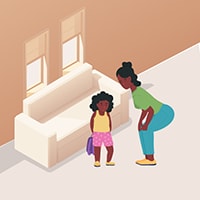Protecting Your Early Care and Education Program from COVID-19 and Other Infections
As an early care and education (ECE) provider, you can slow the spread of infections, such as influenza (flu), respiratory syncytial virus (RSV), or COVID-19, to help protect children, families, and staff, to support healthy learning environments.
Everyday actions to prevent infections
CDC recommends ECE programs have everyday strategies to prevent the spread of infections as part of your normal operations, such as promoting vaccination, staying home when sick, optimizing ventilation, washing hands frequently, and following all rules on regular and consistent cleaning, sanitizing, and disinfecting.
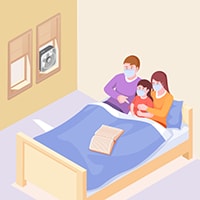
Educate Families: Educate families about when to keep their child home, such as when the child is sick.
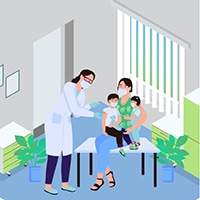
Vaccination: Staying up to date on routine vaccinations is essential to prevent illness from many different infections. Encourage staff, children, and families to get vaccinated as soon as they can.
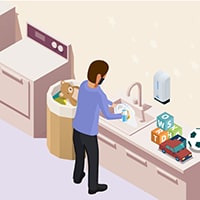
Cleaning and Disinfecting: Clean frequently touched objects and surfaces such as toys, door handles, tables, faucets, and drinking fountains regularly. Disinfect when someone is sick. Carefully follow rules for cleaning and disinfecting when diapering and feeding infants.

Ventilation Systems: Optimize ventilation systems by repairing, upgrading, and replacing Heating, Ventilation, and Air Conditioning (HVAC) systems. Consider purchasing MERV-13 air filters and portable air cleaners.

Personal Belongings: Keep each child’s belongings, including masks and toothbrushes, separated. Follow guidelines for safe toothbrushing in group settings.
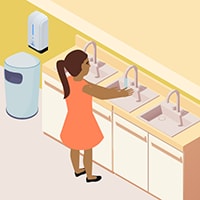
Hand Hygiene: Wash hands using soap and water for at least 20 seconds. Thoroughly dry hands after washing. Use hand sanitizer that contains at least 60% alcohol if soap and water are not available.
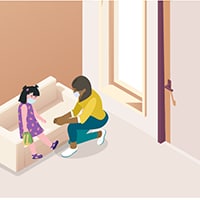
Isolate a Sick Child: Plan to have an isolation room or an area you can use to isolate a sick child or staff member. Make sure isolated children still have adult supervision.
